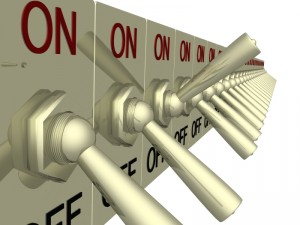 Motivation vs. Unmotivation, Part Three
Motivation vs. Unmotivation, Part Three
There are instruments available to help assess client motivation for change, but you can also rely on three simple questions.
First: why are you here? The answer is always revealing:
- “The Court sent me.” This person will probably need some motivational work.
- “I want some help with my problems.” And this one may not need much at all.
- “I’m not really sure why I’m here.” Our classic ambivalent client.
Then about halfway through the assessment, in the midst of all the information-gathering, you can insert this second question: “what do you expect from this experience?” Some possibilities:
- “To get the judge off my back.” OK, maybe a little more motivational work will be required.
- “To get help solving my problems.” Good answer, because that’s what counseling is all about.
- “I’m not really sure what to expect.” Status unchanged.
But just to make certain we’ve got the sense of things, a third and final question, asked casually as the assessment draws to a close. “Do you feel you need to be here?”
- “They’ll put me in jail if I’m not, right?” (Hoping you’ll say, “why no they won’t…”)
- “I think so.”
- “I’ve been wondering that myself…”
This gives us a rough idea of what’s to come. If we’re mainly treating pissed-off DWI offenders, we’ll see a lot of the first type. If our population is mostly self-referred, we can expect more of the second and third type. Some clinic populations are about evenly divided. The point is, not every client is operating from the same playbook, and we must prepare for that.
Motivation is not a constant. It fluctuates. It’s pretty strong at some junctures and quite feeble at others. Some clients are going to need far more support just to stay in the program. Really resistant clients, like some of those type 1’s, are already planning to continue using alcohol or drugs throughout treatment, possibly in secret. Much will depend on how the clinician handles that emerging issue.
More info coming up in Part Four: Finding Agendas








